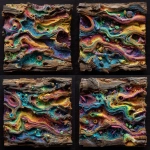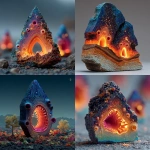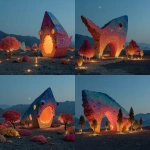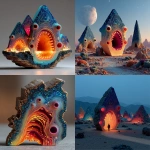Explore the Best AI Image Gallery

Pixel Perfect: How AI is Transforming Product Photography
The world of product photography is undergoing a seismic shift, driven by the transformative power of artificial intelligence (AI). From automating tedious tasks to generating stunning visuals, AI is reshaping the industry, offering both exciting possibilities and complex ethical considerations.
A New Lens on Product Visualization
AI-powered tools are revolutionizing product photography in several key ways:
- Image Enhancement: AI algorithms can analyze images and automatically enhance details, adjust lighting, and remove blemishes, resulting in professional-grade photographs with minimal effort.
- Background Removal: AI can seamlessly isolate products from their backgrounds, creating clean and versatile images for various marketing applications. This eliminates the need for complex manual editing.
- 3D Product Visualization: AI enables the creation of interactive 3D models from product images, allowing customers to explore products from all angles and zoom in on specific details. This immersive experience enhances engagement and provides a more comprehensive understanding of the product.
- Image Generation: AI can even generate entirely new product images based on existing data or user-defined parameters. This opens up endless creative possibilities, allowing for the visualization of products in different settings, styles, or even hypothetical scenarios.
The Creative Spark: Balancing Automation and Human Expertise
While AI offers powerful tools, its essential to recognize the enduring value of human creativity. AI should be seen as a collaborative partner, augmenting the skills of photographers and designers rather than replacing them entirely.
Photographers can leverage AI to streamline workflows, freeing up time for more conceptual and artistic pursuits. The focus shifts from technical execution to crafting compelling narratives and capturing the essence of a product through innovative compositions and lighting techniques.
Ethical Considerations: Navigating Uncharted Territory
As AI becomes increasingly integrated into product photography, several ethical considerations arise:
- Authenticity and Transparency: Its crucial to clearly distinguish between AI-generated images and human-captured photographs. Consumers should be informed about the use of AI in creating product visuals.
- Bias and Representation: AI algorithms are trained on vast datasets, which may contain biases that perpetuate stereotypes or misrepresent certain groups. Its important to ensure that AI-generated images promote diversity and inclusivity.
- Job Displacement: The automation potential of AI raises concerns about job losses in the photography industry. Upskilling and retraining programs can help photographers adapt to the evolving landscape.
Future Trends: A Glimpse into the Horizon
The future of product photography with AI is brimming with exciting possibilities:
- Hyper-Personalization: AI will enable the creation of personalized product images tailored to individual customer preferences, enhancing the shopping experience.
- Interactive Storytelling: Product images will become more dynamic and interactive, incorporating augmented reality (AR) elements to tell engaging stories about products.
- Real-Time Product Visualization: AI will enable shoppers to visualize how products would look in their own homes using AR or virtual reality (VR) technology.
Conclusion
AI is poised to revolutionize product photography, empowering brands to create compelling visuals that captivate audiences and drive sales. By embracing AI as a collaborative tool and addressing ethical considerations thoughtfully, we can unlock the full creative potential of this transformative technology.


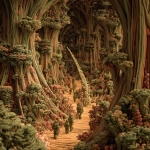
](https://images.ai-img.art/thumbnails/150/ebc95932b25c17607076ed8d2a4bafc85c3371cf3f2d45c35741505fe3c97de1.webp)
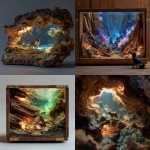


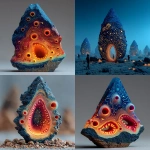
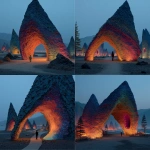
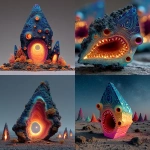

](https://images.ai-img.art/thumbnails/150/98325fa7102e81df81f1dba6df8df52929b4fa41b058192faf3c77cf94513ff7.webp)
](https://images.ai-img.art/thumbnails/150/914cb18c03c97bdba2f290c0ec1573d5792bf399dbad7f484614764eb31f4c2f.webp)
](https://images.ai-img.art/thumbnails/150/7d9de60c58579b921ad140a9e1d752642452d5086b74a27d866e8af04608ed7d.webp)
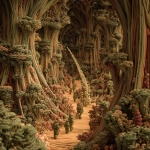

](https://images.ai-img.art/thumbnails/150/a31f622763ce0ecb2e76a907e566b81cfcc171e8d9b8b393f27681be24b6ca91.webp)



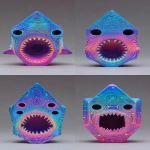

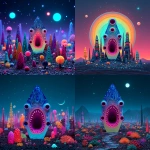

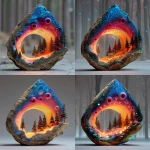
](https://images.ai-img.art/thumbnails/150/09314c003088f7174f747fa65105eca599e0842cf69e637ce4c98ebefd3f50ab.webp)




](https://images.ai-img.art/thumbnails/150/ac7218edd6198d49ed8d9853a5890595fc4d2a7a11c2e8a7ee8bcfbc7bfe265e.webp)




](https://images.ai-img.art/thumbnails/150/769518185300fcbda91b7bbf92b9007bc856379accd52eaf7983f9aec379e88e.webp)



](https://images.ai-img.art/thumbnails/150/3b65287fef447a6ad61bcb18b5b9d03b6f6f74603ae0e058f81f4b91a3e02f36.webp)





